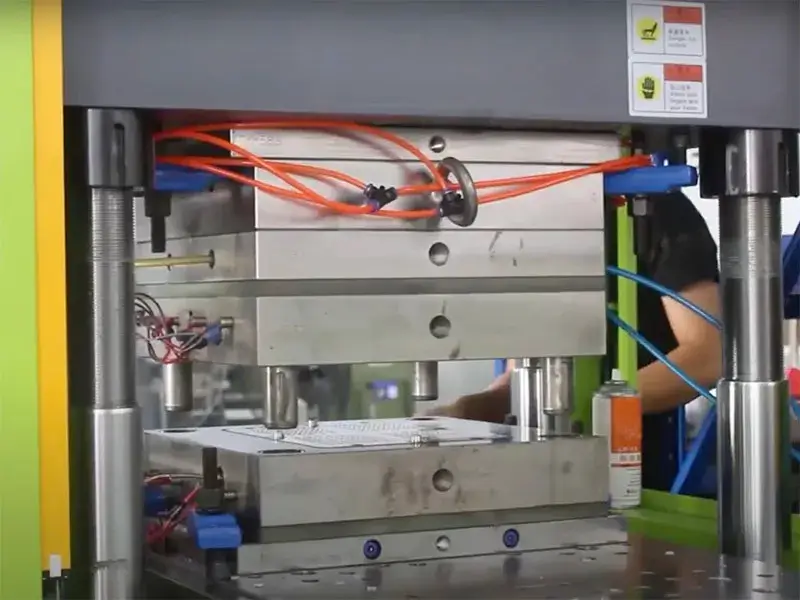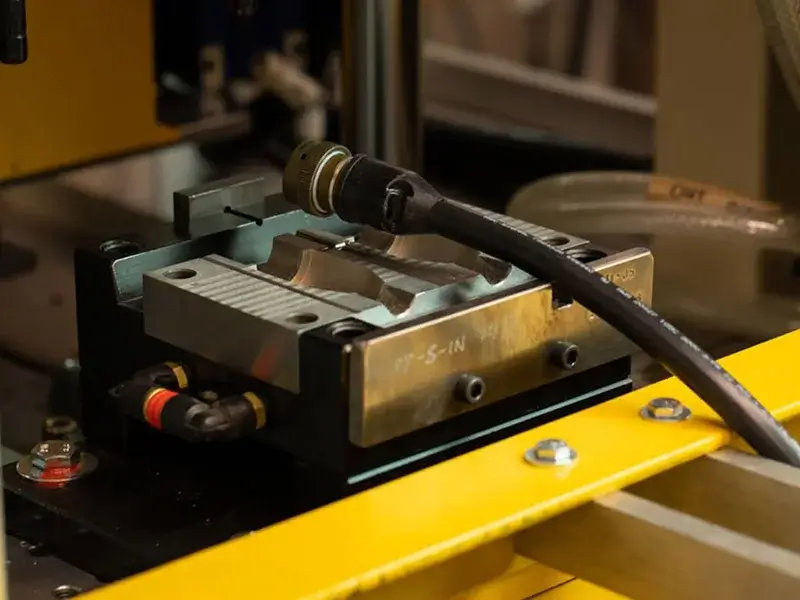Rubber Material

Rubber Material Overview
Rubber is available in various formulations and grades, and proves to be an excellent choice for diverse applications subject to different environmental conditions. When selecting the right rubber material for your project, it’s essential to consider factors like working temperature, pressure, contact media, UV exposure, and ozone exposure.
At Jiangzhi, we prioritize delivering top-notch products by thoroughly understanding your application needs. Our in-depth analysis enables us to offer personalized recommendations for the most effective rubber material. Additionally, we can process base polymers to customer specifications, ensuring a tailored approach to meet your unique requirements.
Following are some of the common rubber types we offer
- Natural Rubber (NR)
- Styrene Butadiene Rubber (SBR)
- Nitrile Rubber (NBR)
- Ethylene Propylene Diene Monomer (EPDM)
- Silicone Rubber
- Fluoroelastomers (FKM)
- Neoprene (CR)
- Polyurethane (PU)
- Butyl Rubber (IIR)

Material Modification
Jiangzhi Rubber Processing Service
Advantages of Rubber Material in Manufacturing
Resilience
Sealing Properties
Chemical Resistance
Noise and Vibration Damping
Rubber Part in Different Industries
Popular Post

The Essential Guide to Effective Venting in Injection Molding
Venting in injection molding is an important aspect of the injection molding process that ensures high quality plastic parts and

Understanding Injection Mold Slider and Lifter
Injection mold slider and lifter are crucial components in injection mold design Sliders and lifters in injection molding expand the

Hot Runner in Injection Molding – A Detailed Guide to Hot Runner System
Hot runner in injection molding helps accurately manufacture plastic components that cater to numerous industries If you want to know












